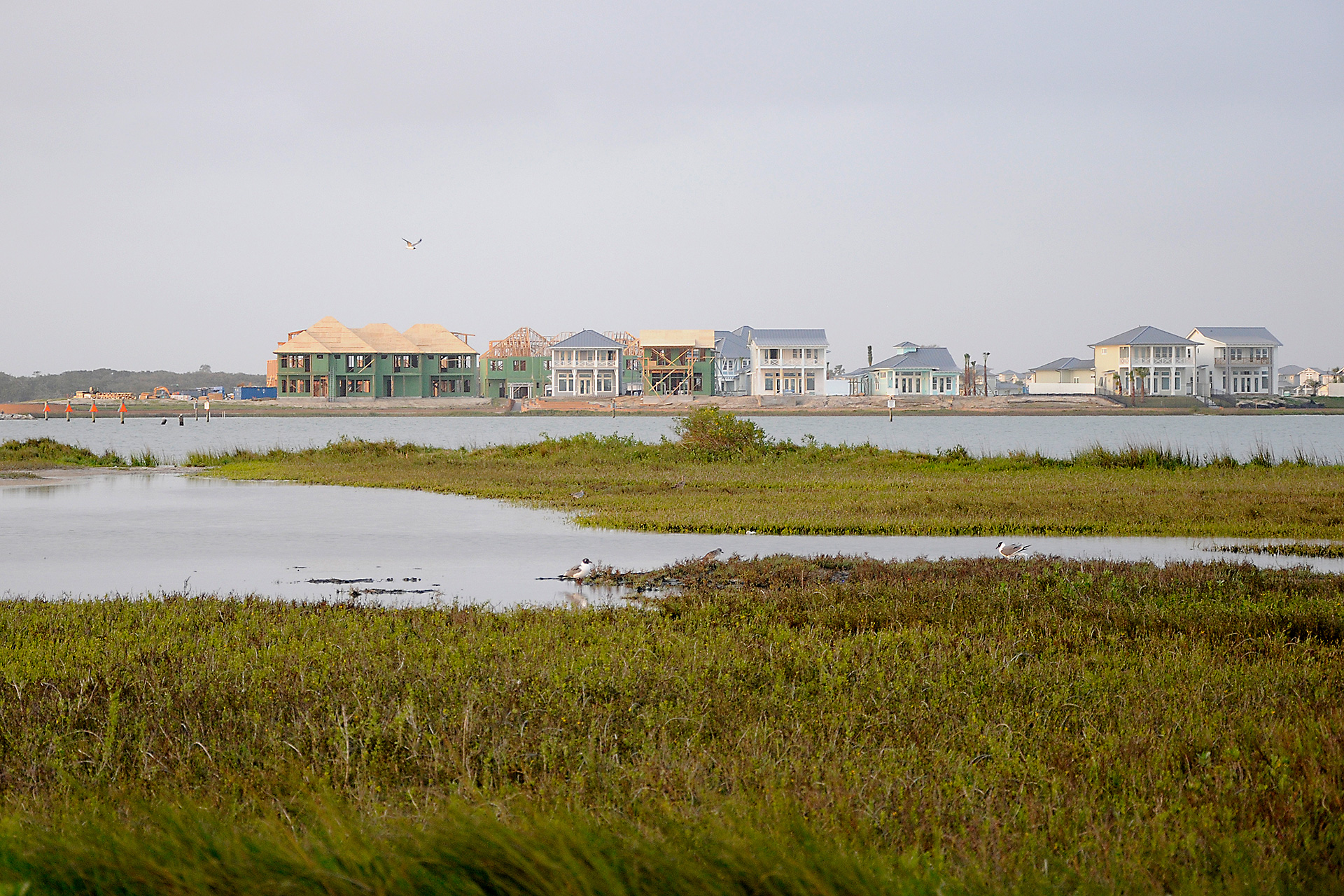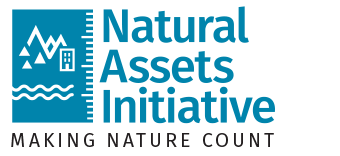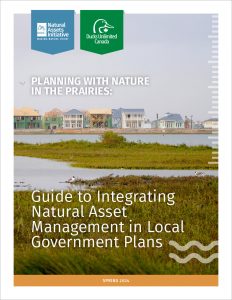Prairie NAM Planning Guidance: Pilot Project

Natural asset management is beginning to take hold in Canada, and we’re seeing more natural infrastructure champions (including Edmonton, Winnipeg Metro Region, and Saskatoon) emerging in the Prairies. However, as demonstrated by IISD’s Natural Infrastructure for Water Solutions (NIWS) initiative, communities in Alberta, Saskatchewan, and Manitoba are uniquely impacted by extreme weather and the widening gap between existing water infrastructure and what’s needed. Natural asset management can help meet these needs and maximize benefits in Canada’s Prairie region; to do so, we need to scale up capacity at the local level.
The Opportunity is in our Plans
Every day, dozens of local statutory plans are created, updated, or renewed, cementing a local government’s priority commitments for years to come. Each plan presents an opportunity to establish new objectives for natural infrastructure and natural asset management (NAM) for cost-effective and resilient delivery of infrastructure and non-infrastructure services. We are continuing to lose critical watershed natural assets to land use changes in the Prairies, which will only increase our infrastructure challenges. For example, the continued loss of wetlands can lead to increases in erosion and by extension road repair costs, as well as water treatment costs. We cannot meet growing infrastructure needs without including nature in planning decisions.
The Pilot Project
Co-developed by NAI and Ducks Unlimited Canada – Alberta Operations, Planning with Nature in the Prairies is an introductory guide to natural infrastructure, NAM with a specific focus on wetlands as example and how they can be integrated into local statutory plans to support cost-effective and climate-resilient decision-making.
This Guide is part of a pilot project through IISD’s NIWS initiative to assist local governments across Alberta, Saskatchewan, and Manitoba in addressing their infrastructure needs through natural infrastructure solutions. It provides a brief overview of natural asset management as it relates to statutory planning processes in Canada’s Prairies, with a focus on Official Community Plans (OCPs), Municipal Development Plans (MDPs), and Regional Plans.
Tailored Input and Support
To test the contents and effectiveness of this Guide, NAI and DUC are engaging in direct outreach with local governments in the Prairies who are in the process of updating their local planning document(s) through May and June 2024. NAI and DUC will also be providing additional support and suggested tailored input with local governments.
Please contact [email protected] & [email protected] if you are interested in direct engagement and feedback on your draft plans. The Guide is available to download here.
Feedback
Planning with Nature in the Prairies is a pilot document; as such, we invite feedback on content, utility, and how our organizations can support your goal to integrate natural infrastructure in local and regional planning. Please direct feedback and comments to the emails listed above.
Note: While the intended audience is local government staff, particularly those in Planning & Development involved in the renewal of various plans, as well as the citizens, rightsholders (including First Nations and Métis organizations), and stakeholders who are consulted on these plans and who wish to ensure that the value of nature’s services are reflected in decision-making. The focus of this document, and some of the terms used, are specific to Canada’s Prairie provinces although the principles are applicable across the country.
Quick Facts – Natural Infrastructure in the Prairies
- 30% of Canada’s grey water infrastructure is in fair to very poor condition — and, across Alberta, Saskatchewan, and Manitoba, depreciation of water-related grey infrastructure outpaced investments by almost $3 billion between 2017 and 2021 (IISD, 2023)
- Droughts, wildfires, and floods are worsening across the Prairie region; recent extreme weather events in the Prairies have also been some of the costliest natural disasters in Canadian history (Sauchyn, D. et al, 2020)
- It is better to protect what natural infrastructure we have than to try and replace it later; in most cases, intact ecosystems provide more benefits and co-benefits than constructed or newly restored ecosystems (Moudrak & Feltman, 2020; IISD, 2023)



